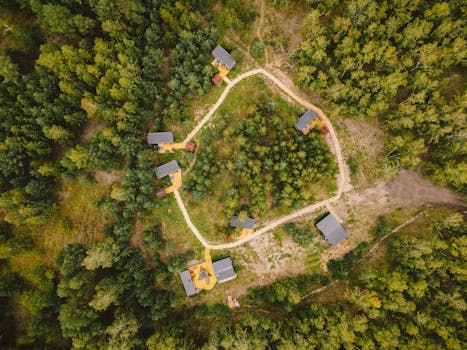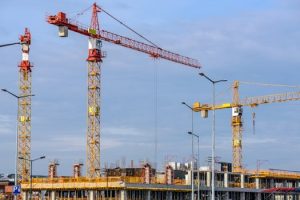Suburban Resurgence: Remote Work’s Lasting Impact on Housing Demand
With the recent rise of remote work due to the COVID-19 pandemic, the housing market has experienced a significant shift in demand. While city-living used to be the dream for many professionals, the rise of remote work has led to a suburban resurgence. This shift has brought about lasting impacts on the housing market, with suburban areas experiencing a surge in demand for homes. In this article, we will explore the effects of remote work on housing demand and how it has reshaped the suburban landscape. 
The Rise of Remote Work
As the pandemic took hold in early 2020, businesses had to adapt quickly to maintain operations. This resulted in many companies shifting to a remote work model, with employees working from the safety of their homes. Initially seen as a temporary solution, remote work has now become a long-term reality for many industries. This shift has not only changed the way companies operate but has also had a significant impact on the housing market.
Suburban Resurgence
For years, urban areas have been the center of job opportunities, cultural activities, and social life. This led to a surge in demand for housing in cities, making them expensive and often unaffordable for many. However, with the rise of remote work, people no longer need to live within commuting distance from their workplace. This has resulted in a renewed interest in suburban areas, where housing is more affordable, and space is abundant.
In fact, according to a recent report by Redfin, suburban home sales have increased by 13% compared to last year, while urban home sales have decreased by 7%. This trend is expected to continue even after the pandemic is over, as remote work has become a permanent part of many companies’ operations.
Desire for Space and Affordability
One of the main reasons for the shift to suburban areas is the desire for more space. With many people now working from home, the need for a home office or extra room has become a priority. Suburban homes offer larger living spaces and often come with backyards and outdoor areas, which are highly desirable for those spending more time at home.
In addition, as more people have been laid off or experienced pay cuts due to the pandemic, affordability has become a significant factor for individuals and families. With the cost of living in cities being higher, many are now drawn to the lower cost of living in suburban areas. This also allows people to stretch their budget and afford a larger, more comfortable home.
Real Estate Market Shift
The demand for suburban homes has caused a significant shift in the real estate market. As more people compete for homes in suburban areas, buyer competition has increased, resulting in bidding wars and higher home prices. This has also led to a decrease in inventory, with homes selling faster than they are listed.
This has been a welcome change for sellers, who have seen an increase in their home values. However, it has made it challenging for buyers, particularly first-time homebuyers, to enter the suburban market. This has led to innovative solutions, such as remote home buying, where virtual tours and digital tools are used to purchase a home without physically being present.
The Lasting Impact
Even as the pandemic comes under control, it is evident that the impact of remote work on housing demand will be long-lasting. The desire for more space, affordability, and a shift towards remote work will continue to drive people to suburban areas. This has also sparked interest in smaller cities and towns, offering a more affordable and relaxed lifestyle without the hustle and bustle of big cities.
Moreover, some companies have already announced plans to make remote work a permanent option for employees, even after the pandemic. This will continue to encourage individuals and families to relocate to suburban areas, even if their workplace is located in a city.
In Conclusion
The rise of remote work has not only changed the way we work but has also had a significant impact on the housing demand. The suburban resurgence, driven by the desire for space and affordability, will continue to shape the housing market for years to come. As businesses and individuals adapt to the new normal, the suburban landscape is set to see a long-lasting transformation.
By offering more space, affordability, and flexibility, suburban areas have become the top choice for many individuals and families. As remote work becomes a permanent reality, the suburban housing demand is expected to remain strong, making it a sound investment for both buyers and sellers.








